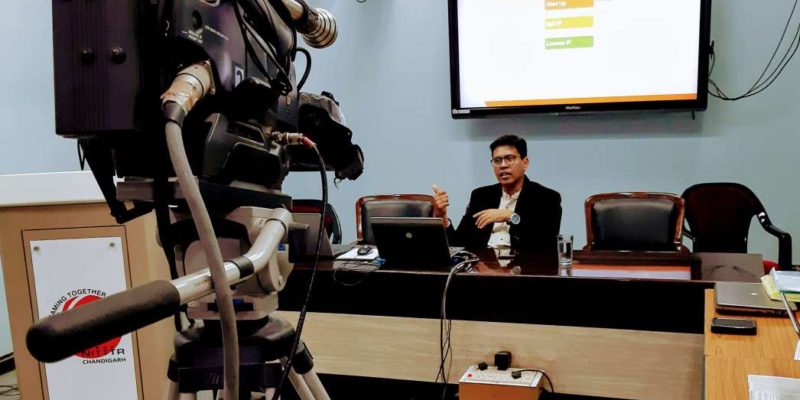Contributor: Duhita Dey and Harit Mohan
The Industry Academia Integration is a requisite for a sustainable growth of the R&D and industries. Such integration fruitfully generates innovative and profitable products for companies, additional research funds for the researchers, fame and prestige for institute. The innovation created should be protected under one of the IPR regimes for commercialization and technology transfer.
Why Industry-Institute should integrate?
The Industry Academia Integration is essentially beneficial to both of the entities to excel into their respective grounds. Such integrations bring several advantages to institute by keeping eye on the trending technologies. It helps keep faculty members or teachers and students updated and enthusiastic about the on-going researches. This also provides a good exposure to the teachers to work with the industry leaders and accrue additional funds.
The integration brings several benefits to the industry which includes the access to better ‘cooked’ or industry ready human resources, introduction of Intellectual Property Rights (IPR) in the curriculum and assigning commercially viable projects to students. The seminars and conferences by industrial experts are very helpful to stay in touch with the current technology. Further, the academic curriculum should constantly update to become synchronized with the industrial requirements.
Role of IPRs in Industry-Institute Collaboration
In India, startup in their inception period faces numerous bottlenecks. An emerging potential business is obstructed by challenges such as raising funds, buying websites, etc. Once these startups hard work results in a product, leaving it unprotected will make it easy to get copied from the competitors.
“To boost R &D, patents must be commercialized, licensed or sold to companies. To use the outputs of R&D, first step is to patent the invention and then head towards commercialization or tie-ups.” – Harit Mohan, CEO, Signicent LLP
There are various ways to use the outputs of R &D. The invention can be published in journals, newspapers, blogs, patents, commercialize, stream on YouTube, Facebook, etc. Except patent, the rest of the methods or platforms mentioned makes the invention freely accessible to all, thus reducing a potential business idea into a mere freely available prior art.
Since the pace of industry runs on the fuel of IPR, so it’s crucial to have its good knowledge. IPR exists in various forms such as patents, copyrights, trademark, trade secrets, and industrial design. They rights provides a monopoly of rights over a particular invention, art or product for a limited time period. IPR gives competitive edge in the market, the legal power to exclude others , also to file legal suit against the competitors or imitators. See our other article detailing the advantages of IPR for startups here.
Life cycle of an Invention
For protecting the invention patent filling is an important step. For filing, first, the idea or invention is screened for novelty by patentability search, to make sure no prior art exists. The patent is drafted by patent drafter and then it is filed at Indian patent office (official website of IPO) The application will be published, then examined by examiner and then granted. The patent protection requires a maintenance fee for a period of 20 years from the date of filing.
Recommendation for Academia and Institutions
Due the lack of awareness and monotonous academic curriculum, IPR is losing its worth day by day, thus resulting in stagnancy in innovation, hiring talents and commencing startups. The government has numerous schemes to boost the startup culture, all it demands the right direction and the knowledge of IPR to enhance the start ups which can be bridged by the Industry-Institute Integration.
If you want to know more about IPR regimes available for universities and Schools in India, contact us.
